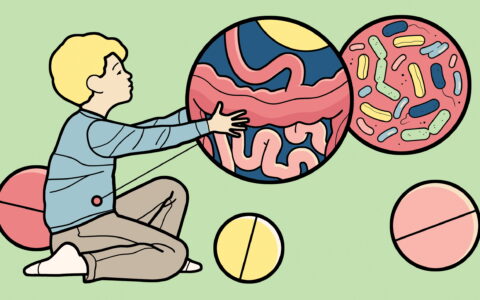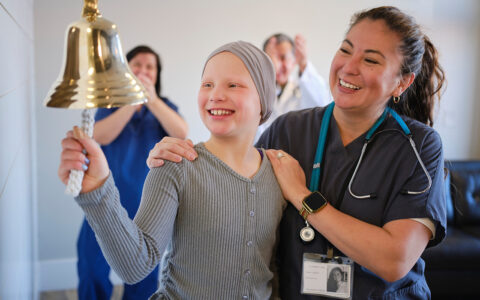A large study examining the way girls on the autism spectrum experience adolescence will help elucidate the challenges of this significant life change, psychiatry researchers say.
“This study is important because these girls are being evaluated comprehensively during this vital developmental period,” said Blythe Corbett, Ph.D., a professor of psychiatry and behavioral sciences at Vanderbilt University Medical Center.
“Our current study is one of the largest to look at puberty in females with autism.”
The researchers will include girls with intellectual disabilities and autism, as well as those on a more typical development track. They are seeking more girls between age 6 and 12 years to join the cohort.
“Families who participate may benefit from access that we provide to a variety of valuable resources and to education,” Corbett said.
Earlier Puberty in Autism
In an earlier study, Corbett and colleagues found that girls with autism often have advanced pubertal onset, which the researchers note is especially problematic because the symptoms of autism spectrum disorder result in poor adaptation to change, including normal developmental transitions.
“Our previous work showed that many girls with autism are entering puberty earlier than typically developing girls and earlier than boys with autism,” she said. “One reason this is concerning is that well-established research has shown that early pubertal onset is a risk marker for various mental health concerns such as anxiety and depression.”
People with autism spectrum disorder experience challenges with emotional regulation and social interaction. At the same time, adolescence is a stage in life when congenial relations with peers gain great importance, Corbett explained.
“If, on top of all that, you are entering puberty early, it has the potential to set up a very complicated picture in terms of how you engage with your peers and the social world. We also know that, in general, girls are at higher risk for anxiety and depression, and that for half of the people who eventually develop a mental illness, the onset is during adolescence.”
A Comprehensive Look
“Our current study is one of the largest to look at puberty in females with autism. Our target is to enroll 240 children, and we are past 80 percent, with 204 so far,” Corbett said.
The Vanderbilt researchers are especially interested in connecting with families of 6- to 9-year-old girls with intellectual disability. Referrals are welcomed.
“At the end of this study, we will be able to look at this large group of girls from 6 to 16 during a pivotal life stage and better understand developmental changes over time. We are also tracking menstrual cycles, as well as behavioral, psychological, social, hormonal, and emotional development,” Corbett said.
“We hope to be able to identify factors that lead to a trajectory of risk as well as a trajectory of resilience.”
Corbett’s goal is to see how these different levels of functioning intertwine and what patterns emerge.
“We hope to be able to identify factors that lead to a trajectory of risk as well as a trajectory of resilience,” Corbett said.
They will also examine the ramifications of having a history of trauma.
“That could also influence how that life stage plays out for an individual child,” she said.
Already Helping Families
Families who participate will receive a comprehensive diagnostic evaluation, an important first step in accessing needed resources and support.
“If families don’t have a diagnosis for their child, they often face a one- to two-year wait to get into a clinic for a confirmed diagnosis of autism with gold standard measures, by an expert,” Corbett said. Her team can usually see a child for an initial evaluation within a month.
Families will each receive a research letter to clinically document their child’s autism, if it is found, which can be useful when applying for supports and services.
“Many of the parents have suspected that their child is having problems. The diagnosis affirms and validates their feelings and gives an explanation of their challenges,” she said.
Making Participation Easier
Most participating families are from Tennessee, with others from Georgia, Alabama, and Kentucky, to date. Each family receives $100 per visit, or $400 total, for visits during the five-year study period. Funds are also available to cover travel costs.
The researchers also organize annual symposia in the summer where parents can learn about autism and puberty, and interact with leading experts.
Engaging in the longitudinal study takes real collaborative effort on the part of the families and the researchers.
“We often come in on Saturdays to handle the comprehensive visits involved,” Corbett said. “We do everything to accommodate the families. It’s a shared commitment on the part of the families and our team.”
Having been involved with autistic children for more than 25 years, Corbett says: “This research that focuses on our girls is among the most important work of my career.”
For more information or to refer a family, please contact Corbett at senselab@vumc.org or call 615-322-4132.






